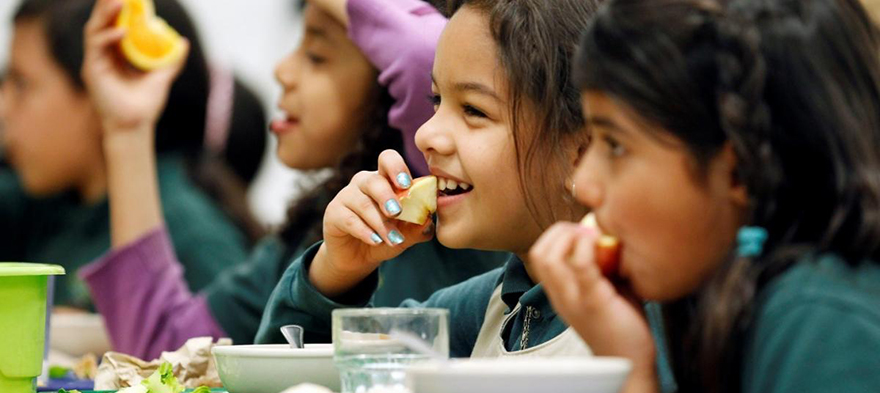
Sep 12, 2017 12:00:00 AM
Sometimes you have to work at feeling hopeful. Social progress tends to be two steps forward, one step back. I'm old enough to know that change is possible.… If you think about the sense of urgency of the Black Lives Matter movement, those young people who are out in the streets are asking: Why are we still having this conversation? Why are these things still happening? It’s a difficult moment, there’s no question. Charlottesville and the president's response have reminded us how difficult it is. But that said, there are a lot of people who want change.After reading the interview, the question that continues to stand out the most is: “Why are we still having this conversation?” Seriously, why? Tatum wants to know, people of color want to know, and those who support and celebrate equality and diversity would probably like an answer too. And while none of us can understand exactly why racial discrimination, prejudice and injustice still exist, we can all agree that the people who work so diligently to protect the divide haven’t presented any valid reasons for doing so. But one thing we can hope for is change—and change often begins with education. Do conversations about race belong in the classroom? Yes. Changing the minds of some adult racists and bigots may be a lost cause, but it’s never too late to make a positive impression on youth. And maybe one day, they’ll all sit together in the cafeteria.
Tanesha Peeples is driven by one question in her work—“If not me, then who?” As the former Deputy Director of Activist Development for brightbeam, Tanesha merges the worlds of communications and grassroots activism to push for change in the public education system. Her passion for community and relentless mission for justice and liberation drive her in uplifting and amplifying the voices and advocacy of those that are often ignored. Tanesha wholeheartedly believes that education is the foundation for success. Her grand vision is one where everyone—regardless of ethnicity, socioeconomic status, gender or ZIP code—can have access to a comfortable quality of life and enjoy the freedoms and liberties promised to all Americans. And that's what she works towards every day.
Few issues in education spark more tension and debate than standardized testing. Are they a tool for equity or a burden on students? A necessary check on school systems or a flawed measure of...
Charter schools are public schools with a purpose. Operating independently from traditional school districts, they're tuition-free, open to all students, and publicly funded—but with more flexibility...
Despite the benefits of a diverse teaching force, prospective teachers of color fall out of our leaky preparation pipeline at every stage: preparation, hiring, induction, and retention. Here’s what...
Ed Post is the flagship website platform of brightbeam, a 501(c3) network of education activists and influencers demanding a better education and a brighter future for every child.
© 2020-2025 brightbeam. All rights reserved.
Leave a Comment